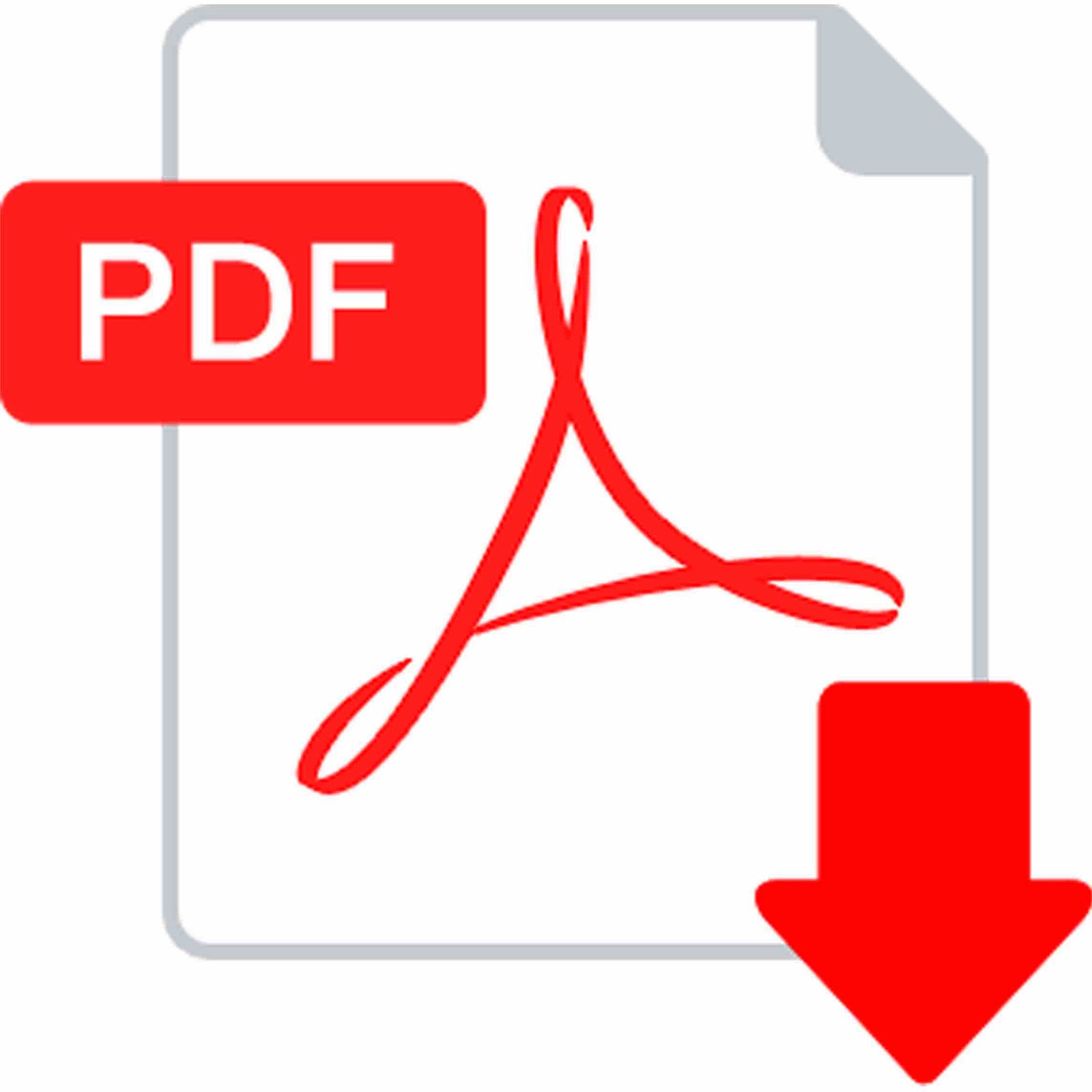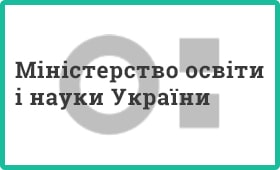| JEL Classification: M 12, M 14, J 24, D 23 | DOI: https://doi.org/10.31521/modecon.V48(2024)-15 |
Anna Sukhorukova, PhD in Public Administration, Associate Professor, Mykolaiv National Agrarian University, Mykolaiv, Ukraine
ORCID ID: 0000-0002-6170-4955
e-mail: 030183sal@gmail.com
Anastasiia Sarkova, Student of the Faculty of Management, Mykolaiv National Agrarian University, Mykolaiv, Ukraine
ORCID ID: 0009-0006-0679-5934
e-mail: s.sarkova.sar@gmail.com
Oleksandr Prosolov, Student of the Faculty of Management, Mykolaiv National Agrarian University, Mykolaiv, Ukraine
ORCID ID: 0009-0000-6539-8943
e-mail: alexandrprosolov@gmail.com
Sofiya Vorobyova, Student of the Faculty of Management, Mykolaiv National Agrarian University, Mykolaiv, Ukraine
ORCID ID: 0009-0009-0466-5425
e-mail: vorobyova.sonya@gmail.com
Strategies for Enhancing Employee Motivation as a Factor in Productivity Growth in Enterprises
Abstract. Introduction. The article analyses modern strategies for motivating staff in the context of global and local crises, including economic instability, the COVID-19 pandemic, labour migration and the war in Ukraine. The key factors that influence the level of employee motivation are explored, and effective approaches to incentives, including tangible and intangible incentives, professional development opportunities, and the organisation of adaptive teams, are considered.
Modern economic and social challenges require businesses to be flexible in their human resource management. Staff motivation is a critical element that affects productivity, loyalty and the ability to innovate, especially in an unstable environment.
Purpose. The purpose of the study is to identify and analyse effective strategies for employee motivation that contribute to the productivity and stability of companies in the face of modern challenges.
Results. It was found that the combination of tangible and intangible incentives, individual approach to employees and the creation of a favorable working environment have a positive impact on job satisfaction. The correlation analysis confirmed the close relationship between the level of motivation, job satisfaction and reduction of staff turnover.
Conclusions. An effective motivation policy is an important factor in increasing the productivity and competitiveness of companies. The use of innovative approaches such as gamification, the formation of “super teams” and the introduction of flexible management models ensure the long-term success of companies even in difficult conditions.
Keywords: motivation; motivation strategies; employee productivity; financial incentives; non-financial incentives.
References:
- Ignatiuk, V., & Tunina, H. (2023). Personnel motivation as a factor in increasing the efficiency of the enterprise management system. International Science Journal of Management, Economics & Finance, 2. (1), 75-83. DOI: https://doi.org/10.46299/j.isjmef.20230201.08.
- Gutsulyak, N., Synychenko, A. (2021). Modern technologies of team building: formation of “superteams” to increase the efficiency of personnel in times of uncertainty. Economy and Society, 34. DOI: https://doi.org/10.32782/2524-0072/2021-34-88.
- Educational hub of Kyiv. (2024). Staff motivation: add efficiency to your business. http://surl.li/trsog.
- Pogorelova, T. (2022). Personnel management as a factor of increasing the efficiency of enterprises. Bulletin of the National Technical University “Kharkiv Polytechnic Institute” (Economic Sciences), 4, 17-21. DOI: https://doi.org/10.20998/2519-4461.2022.4.17.
- Personnel. (2023). Types of staff motivation. http://surl.li/hpkes.
- HURMA Blog. (2024). Non-financial motivation: 8 proven ways to increase employee engagement. https://hurma.work/blog/nematerialna-motivacziya-8-perevirenih-sposobiv-pidvishhiti-zaluchenist-personalu/.
- Pappas, S. (2021). What keeps employees motivated. American Psychological Association. https://www.apa.org/monitor/2021/10/feature-workers-motivation.
- Forner, V.W., Jones, M., Berry, Y. and Eidenfalk, J. (2020). Motivating workers: how leaders apply self-determination theory in organizations. Organization Management Journal, Vol. 18, 2, 76-94. https://doi.org/10.1108/OMJ-03-2020-0891.
- Eleni Zoe (2018). The 2018 Gamification At Work Survey. TalentLMS. https://www.talentlms.com/blog/gamification-survey-results-2018/.
- Vidishovska, A. (2023). Why motivation at work is so important: an example from Google. STUD-POINT. http://surl.li/posgqt.
- Smart Way. (2024). How to motivate employees to achieve better results. LinkedIn. http://surl.li/qlajea.
- Leonova, O. (2019). Delivering Happiness: Principles of Zappos Corporate Culture. HURMA. http://surl.li/sdwdtd.
- Poltorak, A.S., Sukhorukova, A.L., Burkovska, A.I. (2021). Cybersecurity in the system of transformation of business organisation management. Transformation of management of business organisations: modern trends and challenges : a collective monograph. Kyiv : State Higher Educational Institution “Vadym Hetman Kyiv National Economic University”, 158-176.
Received: 30 November 2024

|
How to quote this article? |
| Sukhorukova A., Sarkova A., Prosolov O., Vorobyova S. (2024). Strategies for Enhancing Employee Motivation as a Factor in Productivity Growth in Enterprises. Modern Economics, 48(2024), 124-129. DOI: https://doi.org/10.31521/modecon.V48(2024)-15. |










 Українська
Українська